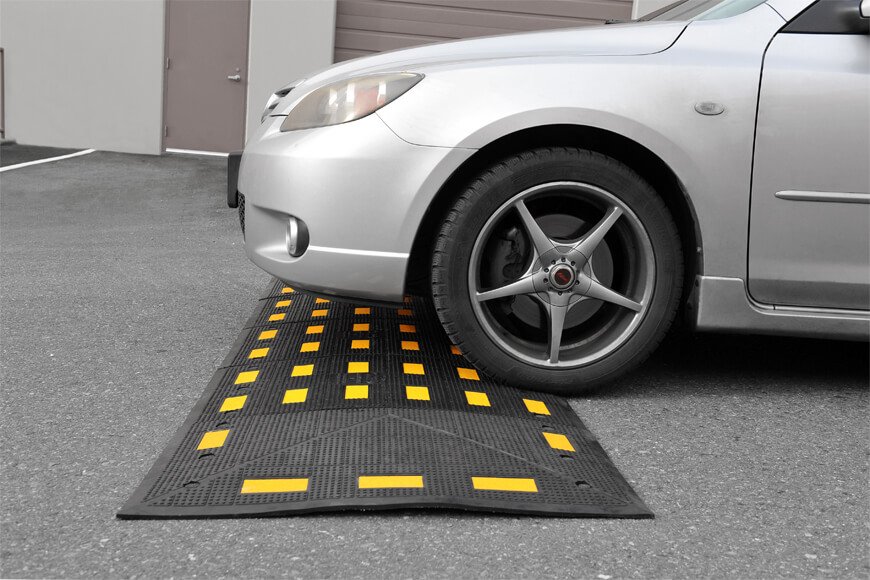Finding the Right Balance: What Temperature Should Your Home Be This Winter?
As winter approaches, many homeowners grapple with the perennial question: What should the indoor temperature be during the colder months? Striking the right balance between comfort and energy efficiency is crucial for both your well-being and your wallet.
In this article, we will explore the factors to consider when setting the thermostat and provide recommendations for maintaining a cozy and cost-effective home environment.
Energy Efficiency
Energy efficiency is a critical aspect of winter temperature management. Maintaining an energy-efficient home not only helps reduce utility bills but also contributes to environmental sustainability. The U.S. Department of Energy recommends setting the thermostat to 68°F (20°C) when you’re at home and awake, and lowering it when you’re asleep or away. Utilizing a programmable thermostat can make it easier to manage temperature adjustments based on your daily schedule.
Personal Comfort Preferences
Individual comfort preferences play a significant role in determining the ideal indoor temperature during winter. While some people prefer a warmer setting, others may find lower temperatures more comfortable. It’s important to consider the preferences of all occupants in the household and find a compromise that keeps everyone content.
Health Considerations
Health considerations should be a primary factor when deciding on the indoor temperature. Cold indoor environments can contribute to health issues such as respiratory problems, joint pain, and increased susceptibility to illnesses. On the other hand, excessively warm temperatures can lead to dehydration and discomfort. Strike a balance that promotes good health and well-being for all occupants.
Seasonal Adjustments
Consider making seasonal adjustments to your thermostat settings. During milder winter days, when outdoor temperatures are not as extreme, you can lower the thermostat a few degrees to save on heating costs. Conversely, on exceptionally cold days, a slightly higher indoor temperature may be necessary for comfort. Flexibility in your thermostat settings can help balance comfort and energy efficiency.
Home Insulation and Sealing
The effectiveness of your home’s insulation and sealing can significantly impact the indoor temperature. Proper insulation and sealing minimize heat loss, making it easier to maintain a consistent and comfortable temperature. Check for drafts, insulate windows and doors, and ensure your home is adequately sealed to optimize the efficiency of your heating system.
No matter the efficiency of your designer or traditional column radiators, if the warmth is disappearing out of the window then your heating bills are going to be higher than they need to be.
Zoning Systems
For larger homes or those with multiple floors, zoning systems can be a valuable investment. Zoning allows you to control the temperature in different areas of the house independently.
This not only caters to individual preferences but also prevents unnecessary heating of unoccupied spaces, contributing to energy savings.
Technology That Can Help Efficient Home Heating
As technology continues to advance, it has permeated every aspect of our lives, including the way we heat our homes. With an increasing emphasis on energy efficiency and sustainability, various technologies have emerged to revolutionize home heating systems. In this article, we will explore some of the cutting-edge technologies that can help enhance the efficiency of home heating, providing both comfort and environmental benefits.
Smart Thermostats:
Smart thermostats have become a cornerstone in modern home heating systems. These devices, often equipped with artificial intelligence, learn from user behavior and adjust heating settings accordingly. Remote accessibility through smartphones allows homeowners to control the temperature of their homes from anywhere. Additionally, smart thermostats can optimize heating schedules, contributing to energy conservation and cost savings.
Zoned Heating Systems:
Zoned heating systems divide a home into different zones, each with its thermostat. This technology enables homeowners to control the temperature independently in various areas of the house, preventing unnecessary heating of unoccupied spaces. Zoning systems enhance comfort while reducing energy consumption, as heating is directed only where and when it is needed.
High-Efficiency Heating Systems:
Traditional heating systems are being replaced by high-efficiency alternatives, such as condensing boilers and furnaces. These systems extract more heat from the combustion process, wasting less energy. They often incorporate advanced features like variable-speed blowers and modulating burners, providing precise control over heating output based on the current requirements.
Radiant Floor Heating:
Radiant floor heating involves the installation of heating elements beneath the floor, providing even and consistent warmth. This technology is not only energy-efficient but also enhances indoor comfort by eliminating drafts and distributing heat evenly. Radiant floor heating can be integrated with various energy sources, including solar and geothermal, further reducing environmental impact.
Geothermal Heating Systems:
Geothermal heat pumps leverage the stable temperature of the Earth’s subsurface to efficiently heat homes. By circulating a fluid through a looped system buried underground, these systems extract heat during the winter and dissipate it in the summer. Geothermal heating is a sustainable option with low operating costs, making it an attractive alternative for environmentally conscious homeowners.
Solar Heating Systems:
Solar heating systems harness the power of the sun to provide supplemental or primary heating for homes. Solar panels, often installed on rooftops, capture sunlight and convert it into usable heat. This technology can be integrated with existing heating systems or used independently, reducing reliance on conventional energy sources and lowering utility bills.
Energy-Efficient Insulation:
While not a heating technology per se, advancements in insulation materials and techniques play a crucial role in maintaining a consistent indoor temperature. Proper insulation reduces heat loss, allowing heating systems to operate more efficiently. Innovations in insulation include aerogels, reflective foils, and high-performance insulating materials that offer superior thermal resistance.
Conclusion
Determining the right temperature for your home during winter involves finding a balance between personal comfort, health considerations, and energy efficiency. By considering the factors mentioned above and making adjustments based on your unique circumstances, you can create a winter haven that keeps you and your family warm and cozy without breaking the bank. Regular maintenance of your heating system, combined with smart thermostat usage and attention to insulation, will contribute to a comfortable and energy-efficient home throughout the colder months







